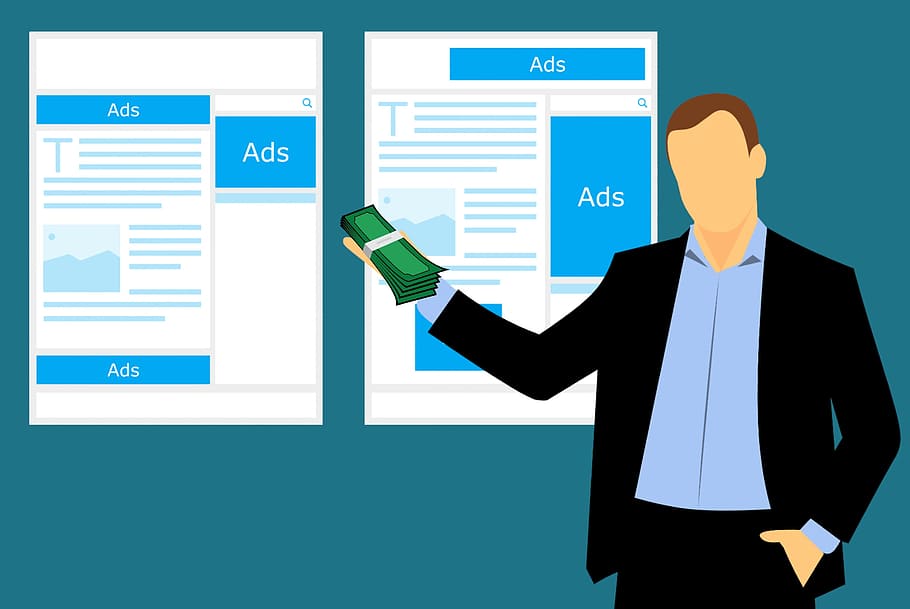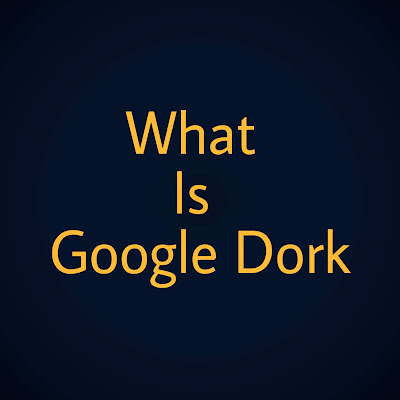My Gov Quiz - Yoga Se Ayu Quiz
1. What does ‘hatha’ mean?
Sun and Moon
Fire and Water
Light and Dark
sunrise and sunset
The Correct Answer: Sun and Moon
2. Given below are two statements, labelled as Assertion (A), and a Reason (R). Indicate your answer from the alternatives below:
Assertion (A): Pashchimōttanasana is contraindicated in sciatica. Reason (R): Pashchimōttanasana is a type of forward bending asana.
All types of forward bending asanas should be contraindicated in sciatica. In the context of above two statements, which one of the following is correct?
Both (A) and (R) are true and (R) is the correct explanation of (A)
Both (A) and (R) are true, but (R) is not the correct explanation of (A)
(A) is true, but (R) is false
(A) is false, but (R) is true
The Correct Answer: Both (A) and (R) are true and (R) is the correct explanation of (A)
3. Asana useful in diabetes is –
padmasana
mandukasana
virasans
sidhasana
The Correct Answer: padmasana
4. What is the recommended time period for the practice of Kumbhaka (Pranayama) according to Hatha Pradeepika?
Before sunrise
After sunset
Morning and evening both time
Morning, midday, evening, midnight
The Correct Answer: Morning, midday, evening, midnight
5. In which of the following text ‘Bhujangikaran’ Pranayama is described?
Yoga Vashishtha
Shiva Samhita
Hatha Ratnavali
Siddha Siddhanta Paddhati
The Correct Answer: Hatha Ratnavali
6. In which disease condition sutraneti is not beneficial according to Hatha Pradeepika?
Eye related disorder
Kapal Shuddhi
Diseases above the clavicle
Hyper Acidity
The Correct Answer: Hyper Acidity
7. Practise of Vyayamaresults
Vibhakta-ghana-gätra
Agnimandya
Agnidushti
All
The Correct Answer:
8. Which of the following Kriya is contraindicated for Epilepsy?
Trataka
Kapalbhati
Neti
Both ‘a’ and ‘b’
The Correct Answer:
9. The ailments brought about by the Stress are …………………………
Life style diseases
Non communicable diseases
Communicable diseases
Psychosomatic diseases
10. Which of the following is not mentioned as benefit of Pashchimottan-asana according to Hatha Pradeepika?
Reduces Hyper Acidity
Reduces fat on belly
Prana enters in Sushumna
Increases gastric fire
The Correct Answer: Reduces Hyper Acidity



Comments
Post a Comment